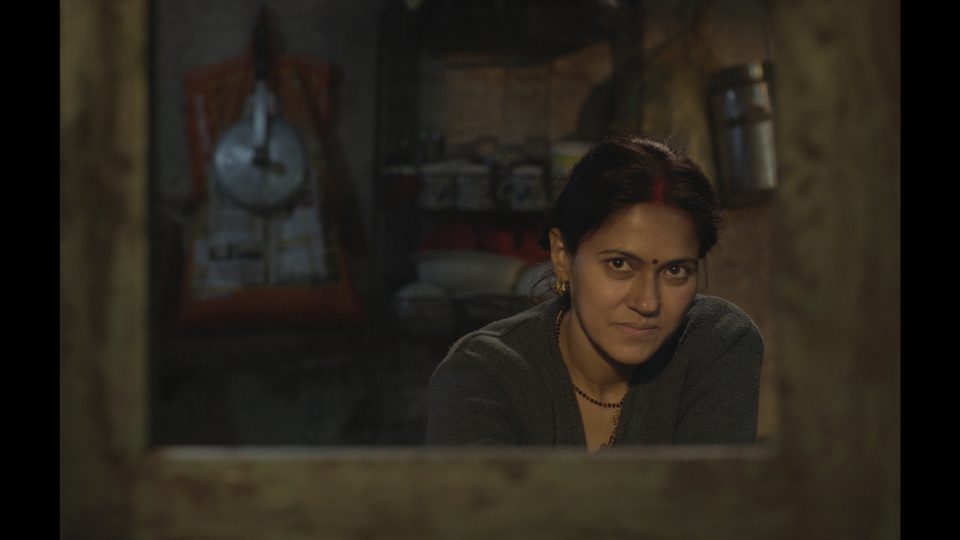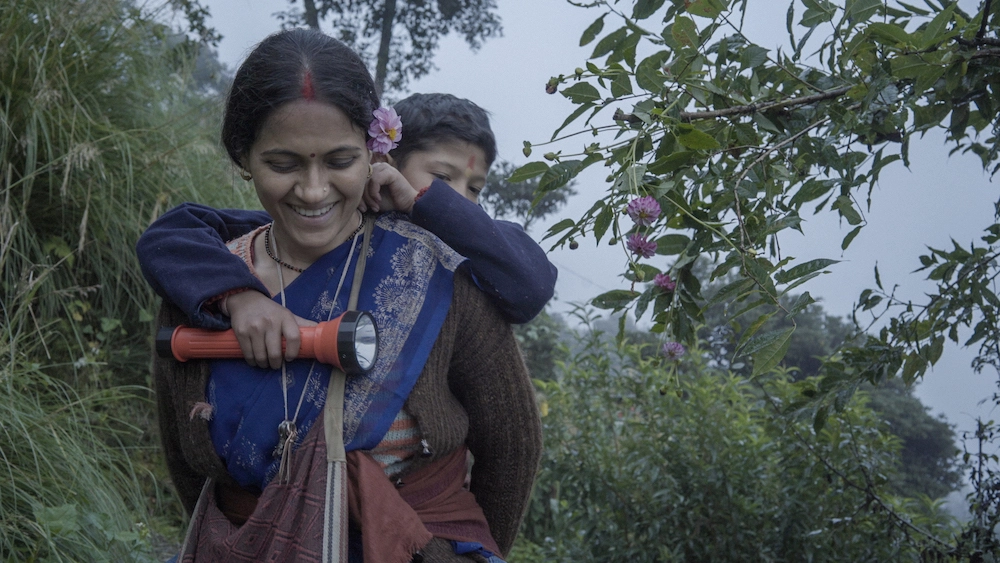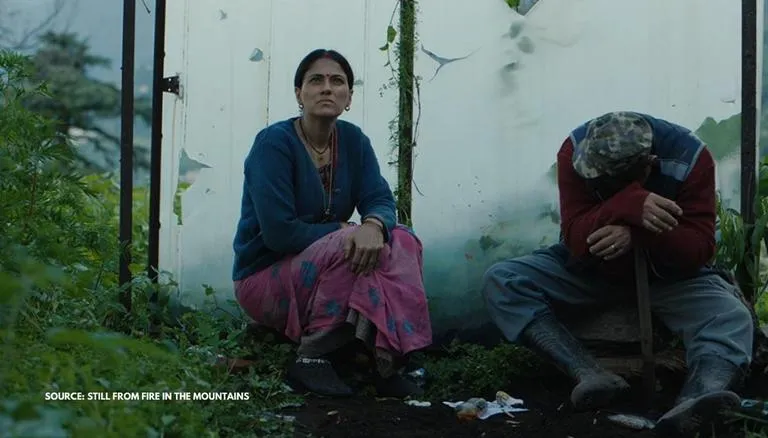
Fire in the Mountains review: A haunting portrait of a woman’s quest to survive in modern India

Fire in the Mountains, Ajitpal Singh’s gorgeous, startling debut feature, begins with a negotiation and ends with one. In between, desire, dread, and desperation coalesce to paint an evocative tapestry of protest art, one that rails against the shiny, malicious allure of a developed nation with ample rage and grace.
The 90-minute-long film — keenly observed and staged — becomes an unsparing record of the hold of patriarchal authority in rural India, its complex dissection of gender politics and superstition signaling a triumph of the kind of filmmaking that doesn’t need to reduce storytelling to a message for it to have a purpose.
Set in Munsiyari, a scenic village in the Kumaon region of Uttarakhand, Fire in the Mountains opens to Chandra (a striking Vinamrata Rai), its hard-pressed heroine reprising her dual roles as caregiver and breadwinner of her long-suffering family. Her daily life in the hills, which usually forms the backdrop of countless Instagram posts for city-bred tourists who view it as a path to self-discovery, is littered not with endless beauty but rather, increasing burdens.
An uphill battle
Chandra runs a hillside homestay that overlooks the majestic splendour of a Himalayan valley, but business remains scarce, her financial progress hindered by the absence of a road that connects to it. When the film begins, we see her smartly solicit a vacationing family to her homestay, offering them a deal that undercuts her own gain.
Also read: Scoop review: Hansal Mehta’s subversive take shines light on journalism’s dark side
The camera follows her as she nimbly balances their suitcase on her head while leading them up on a narrow, steep climb to her home, a journey that seems both arduous and endless.

By the time the vacationers arrive at their destination, the natural beauty of the setting is more than enough to override the physical labour of accessing it. In another film, these visitors would have been our protagonists, the camera dedicating itself to track their euphoric escapism and service their momentarily coming-of-age tales. But Singh’s script subverts that expectation by making them incidental to the film’s plot. He focuses his attention instead on the dwellers forced to the edges of their own sanity — the set of people rendered almost invisible by the rest of the population.
For Chandra, this narrow, steep climb rings a death-knell to the promise of a better future for her family. As she goes up and down that same path every day, striving to access the kind of economic mobility that stubbornly remains out of her reach, it acts as a reminder of the crushing alienation and misfortune that is intertwined with her fate. The physical beauty in front of her eyes becomes nothing more than a dagger.
The cost of survival
At home, the indignities keep piling up for Chandra. Her pre-adolescent, wheelchair-bound son Prakash (Mayank Singh) chooses to remain crippled, bullied so much into reticence that even modern medicine and unconditional parental sacrifice fail to rescue him. Making matters worse is Dharam (Chandan Bisht), Chandra’s superstitious, alcoholic husband who taunts her for wasting money on medical care, stubbornly believing that only religious devotion possesses the power to make their son walk again.
Also read: School of Lies review: Uncovering harrowing truths about trauma among boarders
Still, Chandra toils on, deciding day after day to fight even when the battle — against rural development and bureaucratic corruption — is already lost. Bearing the brunt of her exhaustion and frustration is Kanchan (Harshita Tewari), her academically gifted daughter whose independence prick Chandra like a thorn so much so that she rips them apart, both as an act of tenderness and brutality.
If Fire in the Mountains was a different film, Chandra would have been the hero of her own empowering, coming-of-age tale. But Singh’s tough-minded eye is rarely swayed by empty romanticism. In his hands, Chandra turns into a compelling examination of the hefty price of survival in modern India at a time when social and economic progress is a currency rather than a lived reality.
A critique of economic injustice
This is a film that resists from viewing Chandra either as a victim or a hero simply because it remains invested in an unvarnished assessment. So, instead of weaponizing her agency and rebellion for narrative convenience, Fire in the Mountains quietly witnesses her being the cog-in-wheel in her own story.

In that sense, Chandra becomes a stand-in for the current state of the nation — no matter the resilience of the spirit of the climbers, the mountain can barely be conquered when it is governed by forces eager to enable social divides.
The film’s critique of economic injustice is weaved into every aspect of its storytelling. Singh matches the narrative rigour of his script with the clear-eyed performances he gets out of his ensemble cast.
Also read: Sneha Khanwalkar: Musician, traveller, storyteller — a story in three acts
Dominique Colin’s effective cinematographer rarely misses the picture, juxtaposing suffocation with the opulence of the mountains. Given Hindi cinema’s chequered history, it is no less of a feat that the film doesn’t turn its setting into a template, allowing Indian audiences a long overdue counter that proves to be equally rewarding and haunting.
In the two years between the film’s premiere at Sundance Film Festival and its arrival in India, Singh has gone on to helm Tabbar (2021), another surefooted outing that similarly reflects the sensitivity, humanism, and generosity of his storytelling.
In a way, it is almost poetic that time seems to have made the brilliance of Fire in the Mountains even more potent and urgent. It is the kind of storytelling that goes beyond the limitations and manipulations of cinema, infused with the imaginative bent of a storyteller who can evoke feeling without effort or embellishment.
Fire in the Mountains is now streaming on SonyLiv


